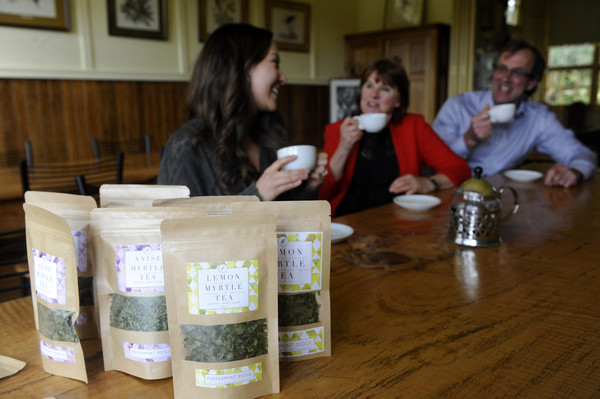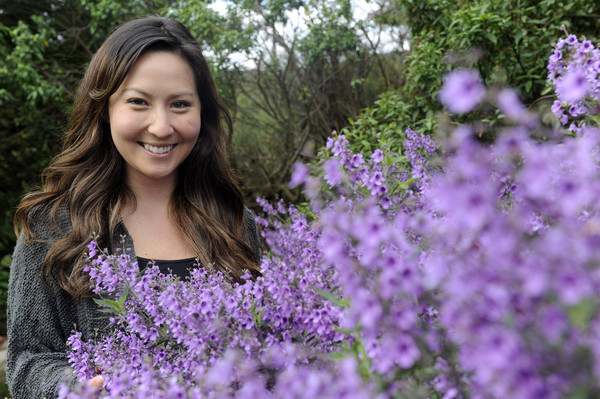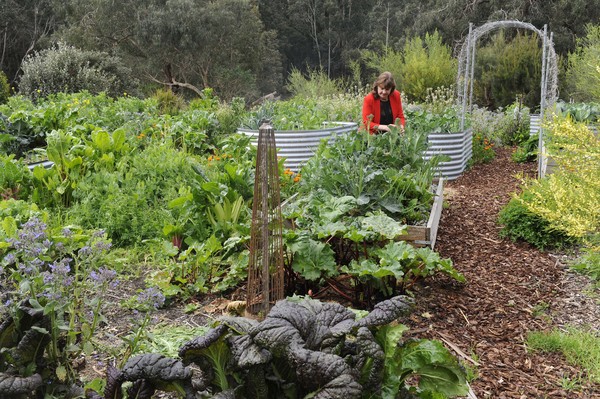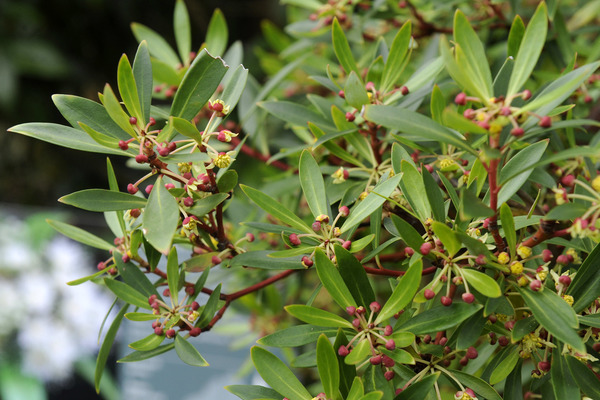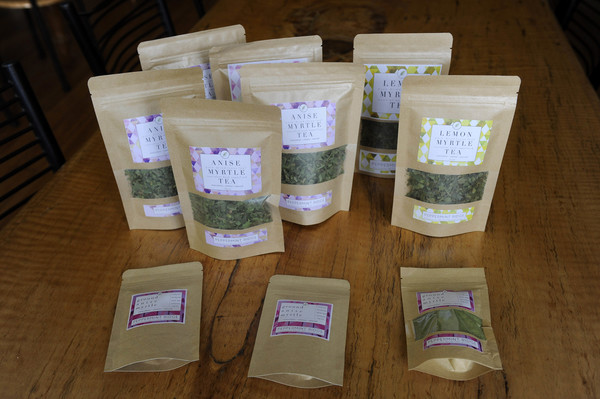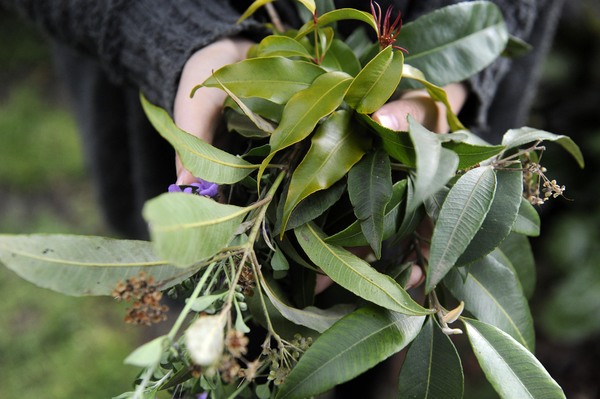By KATHRYN BERMINGHAM
Tynong North’s Peppermint Ridge Farm spans over eight acres and showcases the beauty of the Australian bush – but the experience does not stop there. Anthony Hooper, Julie Weatherhead and Tara Hooper talked cooking, education and plans for the future with KATHRYN BERMINGHAM.
THE 35,000 bricks used to build Anthony Hooper and Julie Weatherhead’s home come from all over Gippsland and date back to the settler era.
Before they began building, Anthony and Julie spent their weekends in the car, hauling around bricks from crumbling or ruined early structures. They transported bricks 300 at a time and the process took over a year.
The result? A strong and sturdy structure bringing a unique character and special historical link to the home.
The couple own Peppermint Ridge Farm, a Tynong North property offering visitors the chance to ‘taste, learn, see’ through a variety of educational and culinary experiences.
In the words of Julie and Anthony, they “wear many hats”.
After buying the eight-acre property, they carried out a sustainable farm plan and put 30 per cent of their land back to native vegetation.
“We wanted to put a lot more native vegetation back on so that all the paddocks are completely protected from the elements,” Julie said.
“They have protection all the way around so the sheep are very comfortable.”
Anthony and Julie have previously run a free range egg farm on the property and now have 50 sheep. However, their focus has long been on education.
“We also wanted to have it as a demonstration site, so people could see how you can redesign farms and increase the vegetation.”
“That sort of naturally led on to thinking about native vegetation and what other uses we could have, so that’s when we started thinking about the bush foods.”
Anthony and Julie believe much can be learnt from Aboriginal people, particularly in relation to knowledge they can share about some of the more traditional uses of plants including for food and medicine.
“We looked at some of the more traditional uses of things like the Yam Daisy and the Chocolate Lily,” Anthony said.
“What we’ve done over time is moved from there to some of the more commercially known plants, some of which aren’t local to here. But there are a lot of local ones, like the Mountain Pepper.”
Their most recent venture is a line of bush teas and seasonings, picked and packaged at Peppermint Ridge before being sold at farmers markets. Their daughter-in-law, Tara, is at the helm and says inspiration for the range came from Julie’s cooking.
“We’re just trying to channel what Julie is able to do with her cooking and how she’s using bush foods,” Tara said.
“We really think it’s unique, it’s something that people who are interested in cooking and health and food would really be interested in discovering, so we’re giving it a go.”
The products were approved to be sold at Melbourne Farmers Market – a market solely for primary producers. Despite the education and tourism activities offered, Peppermint Ridge Farm is certainly a primary producer.
“The idea of doing the teas is a perfect fit for where we’re going as a business because it means we’re able to showcase that we are primary producers on a smaller lot,” Anthony explained.
“We do a whole range of things but the bush food is the thing we’re really going for now so we’re actually putting in fairly significant numbers of plants to extend the plantations we have already, especially these key ones.”
Key bush food plants on the property include Mountain Black Pepper, Anise Myrtle and Lemon Myrtle.
Both teachers, Anthony and Julie maintain a strong focus on educating visitors to the farm.
“Everyone starts with a bush food garden tour, we do a lot of events of our own but also host group tours, Probus clubs, kinders,” Anthony said.
“For us it’s always education, respecting the Aboriginal uses and then food.”
Following the tour conducted by Anthony, guests are treated to a meal prepared using the flavours of Julie’s garden. It is their hope that every visitor to Peppermint Ridge leaves with a greater knowledge of the native plants found in the area and their many uses.
“It’s all about getting people comfortable with using bushfoods,” Julie said.
“Because there’s so little known, people think it’s too hard or it’ll be poisonous. We’re trying to break down those barriers so people can see how great they taste and how easy they are to cook with.
Food is served in the cafe, another highlight of the property. The building is the relocated and refurbished Nar Nar Goon North Primary School, built in 1929 and transported to the property in three pieces.
Peppermint Ridge also offers accommodation in a house or cottage and guests may also opt to have their trip catered, all by Julie.
In fact, everything is run by Julie and Anthony, with help coming only from Tara and their sons Chris and Jesse.
It keeps things pretty busy, but always exciting.
“Because of the nature of our business, we’re constantly inventing and reinventing ourselves,” Anthony said.
“We’re looking forward to spreading what we do here even further. I think people will really respond.”


